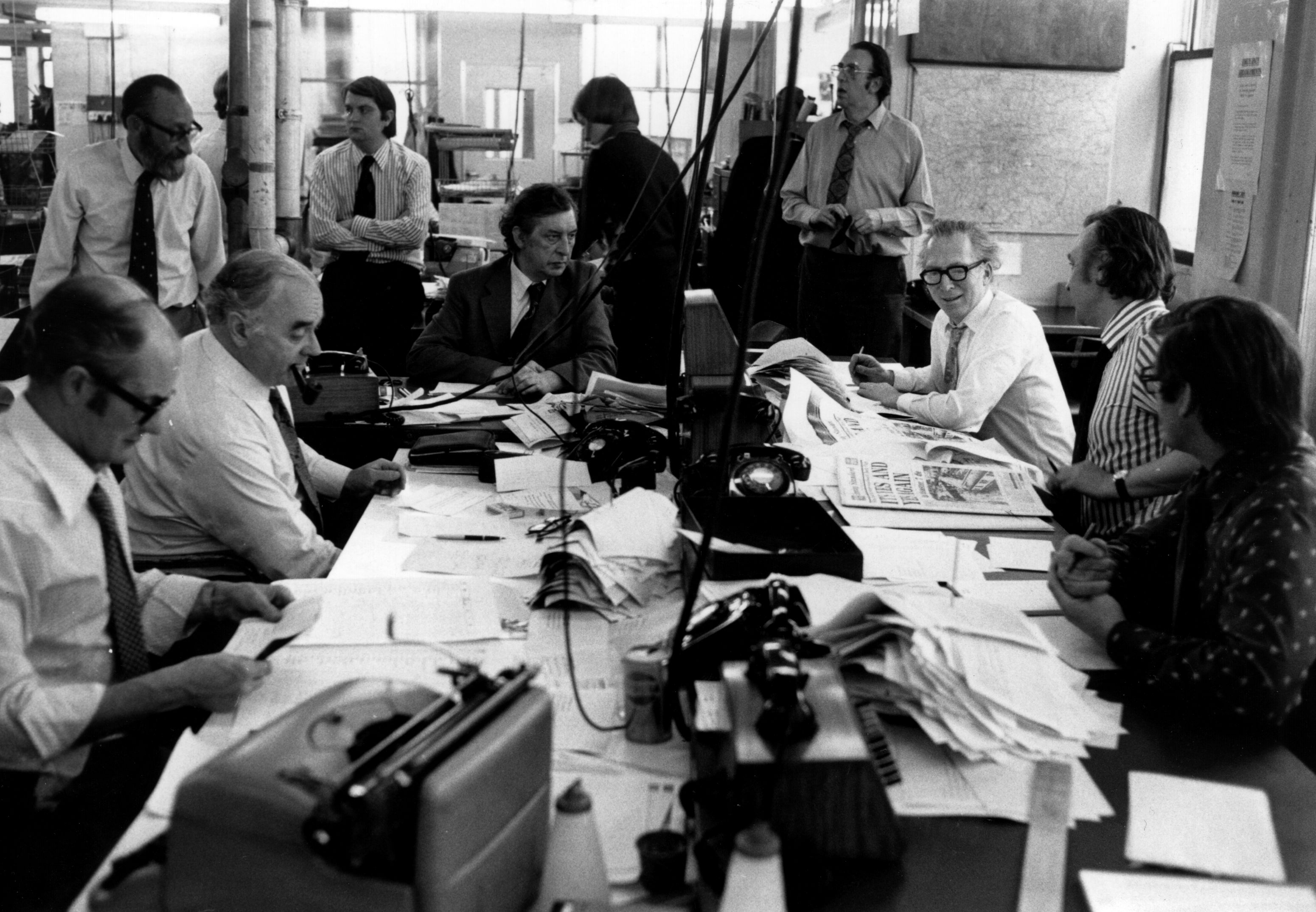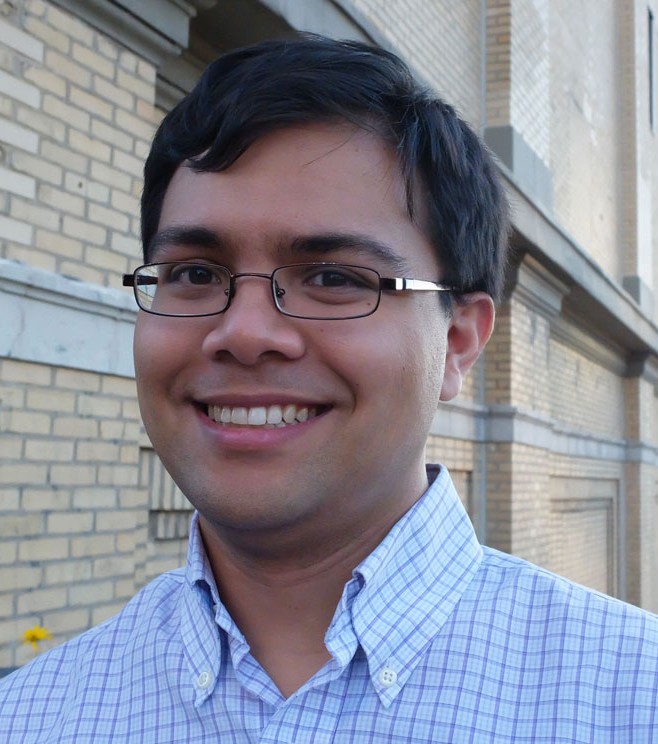This article was written by a human (the next one may not be)

Justin Myers says he isn’t automating away any jobs: he’s augmenting them.
Myers is the automation editor at the Associated Press, which is best known for its news coverage but has lately built software that can automatically generate and publish content. Created in collaboration with the firm Automated Insights, it pulls data from documents like financial earnings reports to quickly whip up stories.
The natural fear for anyone would be that the AP has created a job-destroying monster. Today it’s quarterly reports; tomorrow everything on a newspaper’s front page will come from robo-reporters. But Myers thinks the future is more about human-machine collaboration. “Computers are great at telling you what happened, but they are not good at telling you why it happened,” he says. “And that part is the area where humans really excel. Putting it in context and giving it that broader relational story.”

Instead, Myers is focused on streamlining processes for journalists by augmenting their daily routine.
Some of his day is spent working on graphics and writing stories. The rest of the time, he is working behind the scenes. “I might help somebody who has an idea on how they might improve their own workflow or an idea for a new product offering for the AP,” says Myers. “The other side is getting my hands dirty and building some of this stuff.”
His creations are primarily used for mundane tasks like scouting for news or writing repetitive stories, eliminating them from a reporter’s day. One program Myers helped develop monitors web pages and notifies reporters when they are altered—if the EPA website is edited, for example, or a company has released a statement. He has also worked on extending the AP’s automated story-writing software to cover new topic areas like the municipal bonds market.
Ultimately, Myers thinks it will become commonplace for reporters to work alongside the tools he’s building. “You get the best of both worlds there,” he says. “The computer saying what happened and the human providing the context.”
This article is part of a series on jobs of the future. Check out other futuristic job profiles here.
Keep Reading
Most Popular
Large language models can do jaw-dropping things. But nobody knows exactly why.
And that's a problem. Figuring it out is one of the biggest scientific puzzles of our time and a crucial step towards controlling more powerful future models.
The problem with plug-in hybrids? Their drivers.
Plug-in hybrids are often sold as a transition to EVs, but new data from Europe shows we’re still underestimating the emissions they produce.
Google DeepMind’s new generative model makes Super Mario–like games from scratch
Genie learns how to control games by watching hours and hours of video. It could help train next-gen robots too.
How scientists traced a mysterious covid case back to six toilets
When wastewater surveillance turns into a hunt for a single infected individual, the ethics get tricky.
Stay connected
Get the latest updates from
MIT Technology Review
Discover special offers, top stories, upcoming events, and more.